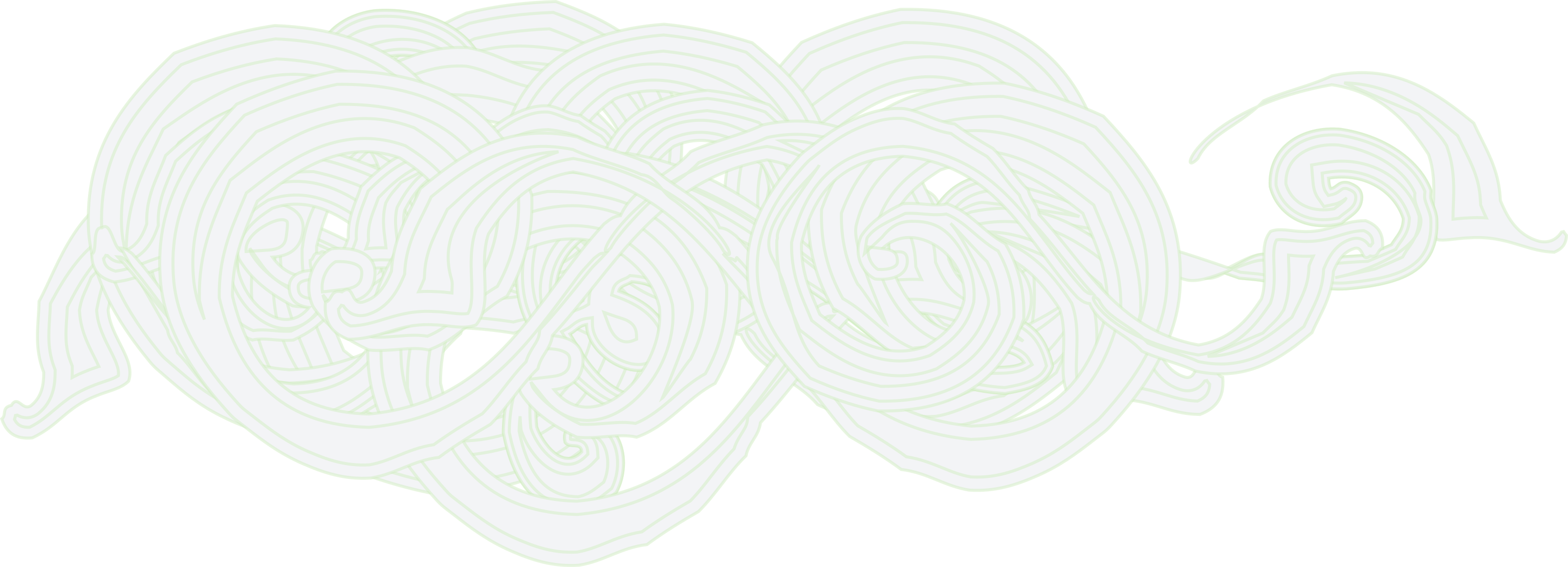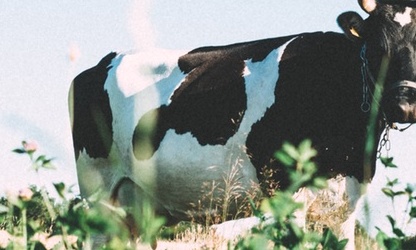

Prevent and Treat Infections
Since the discovery of bacteriophages during 1915-1917 (see Phage History), they have been used to prevent and treat various bacterial infections. Although “phage therapy” has been historically associated with the use of bacteriophages in human medicine, phages also have been extensively used in veterinary medicine1. The first-known therapeutic use of phages in veterinary medicine is associated with Felix d'Herelle (who was also the first to use phages to treat human infections, see Human Therapeutics), the co-discoverer of bacteriophages, who examined their efficacy - in France, during 1919 - in preventing and treating Salmonella infections in chickens. Phages effectively reduced chicken mortality, which prompted other investigators to examine their possible usefulness in preventing and treating other naturally-occurring and experimental bacterial infections in animals. In that regard, phages have been reported to be a safe and effective preventive/treatment modality against numerous bacterial infections of animals. Some examples would include:
- Salmonella infections in poultry
- Escherichia coli infections in mice, poultry, calves, piglets, and lambs
- Clostridium difficile infections in hamsters
- Acinetobacter baumanii infections in mice
- Pseudomonas aeruginosa infections in mice
- Staphylococcus aureus infections in mice and cows
Intralytix believes that bacteriophage preparations can be invaluable for preventing or treating many bacterial infections that cause animal morbidity or mortality. Phages are ubiquitous in the environment and their use in veterinary medicine or agribusiness (e.g., livestock) is likely to provide one of the most environmentally-friendly antibacterial approaches available today. In addition, phages' several important advantages over antibiotics2 make their use in various livestock industries potentially very appealing.
For example (from 1):
- Phages are specific for their bacterial targets. Therefore, their use is highly unlikely to elicit the emergence of phage-resistant mutants of not-targeted, pathogenic bacterial species. On the other hand, because of their broad spectrum of activity, many antibiotics select for resistant mutants of many pathogenic bacterial species, not just for resistant mutants of the targeted pathogenic bacterium.
- The bacterial resistance mechanisms against phages and antibiotics differ. Therefore, the use of phages in veterinary medicine/agribusiness will not affect the susceptibility of the bacteria to antibiotics used to treat humans, which is the key concern regarding the use of antibiotics in agribusiness.
Intralytix's phage preparations for veterinary applications: PLSV-1™ and INT-401™
Intralytix technology is well suited for developing phage preparations and approaches for preventing and treating bacterial diseases of pets and other animals, including companion animals and agriculturally-important animals. For example, the Company has developed prototype / candidate bacteriophage-based animal health care products effective against Salmonella (PLSV-1™) and Clostridium perfringens (INT-401™) in poultry. These products are not fully optimized for commercialization yet, but have shown an excellent safety and efficacy in preliminary proof of concept studies3.
References:
- Sulakvelidze, A. and Barrow, P., Phage therapy in animals and agribusiness, in Bacteriophages: Biology and Applications, Kutter, E. and Sulakvelidze, A. CRC Press, Boca Raton, FL, 2005, pp. 335-380.
- Pirisi, A., Phage therapy - advantages over antibiotics?, Lancet 356 (9239), 1418, 2000.
- Miller, R. W., E. J. Skinner, A. Sulakvelidze, G. F. Mathis, and C. L. Hofacre. Bacteriophage therapy for control of necrotic enteritis of broiler chickens experimentally infected with Clostridium perfringens. Avian Dis. 2010, 54(1):33-40.







